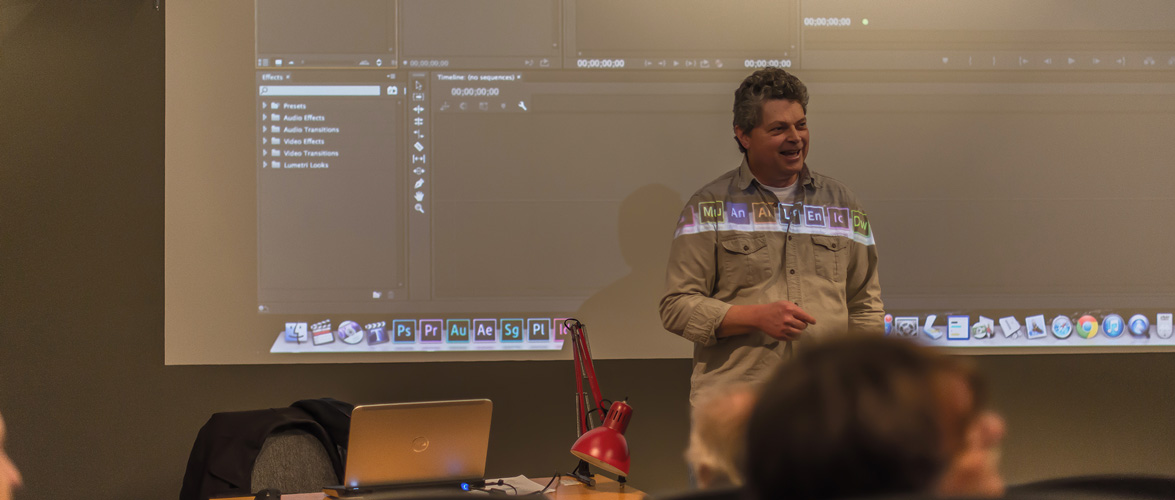Last night, we elected a new President of the United States. It is not who we hoped for.
Category: rants
Buffy’s HD Remaster Woes
This post on Facebook shows in great detail the disappointing issues with the new HD remaster of Buffy the Vampire Slayer for Pivot TV, complete with side-by-side comparisons and video links. (All of the side-by-sides here on the blog are taken from that Facebook article. Thanks, mystery author!) The questionable 16:9 cropping (or opening the…
Being Welcoming
Since I’m still not terribly happy with Final Cut Pro X, I was looking to attend a meeting of the Seattle Adobe Premiere Users Group, and to do that, they want you to fill out a questionnaire first. The last question took the cake: Do you think you could make a habit of attending on…
The Labyrinth of Comcastica
I am on hold with a well known cable internet provider, and they’re playing a tape with promos on a loop, and that tape is constantly being interrupted by another tape telling me how important my call is, back and forth and back and forth, until all of that is interrupted by a person who…
Vertical Horizon
Ever since the iPhone first started shooting video, people have decried the use of the vertical orientation. Why would you do that? It looks so horrible! It’s unnatural! Hang on a moment while I pass judgement on you. Stop it. Let’s take a look at the history of film aspect ratios for a moment. Sure,…
An Open Letter to Final Cut Pro X
Dear Apple, I just started a new preditor job, and since FCP 7 is never coming back (as long as I tried to cling to it), I had to decide whether to go with FCPX or Premiere CC. Premiere CC seems closer to what I want in an editor, but since it also crashes like…
HDV Workflow
Quick word of advice. If you’re ever editing anything shot on HDV: NEVER EVER capture low-rez DV proxies and expect to recapture in HD clean at the end. Yes, I know the HDV decks have that hand-dandy feature to downconvert to DV over firewire. DON’T DO IT. NONE of these HDV cameras seem to record…

